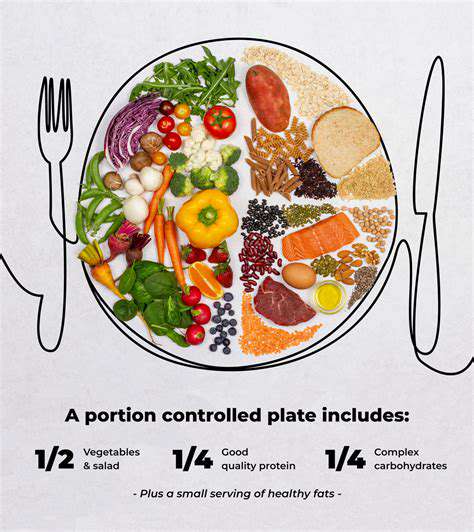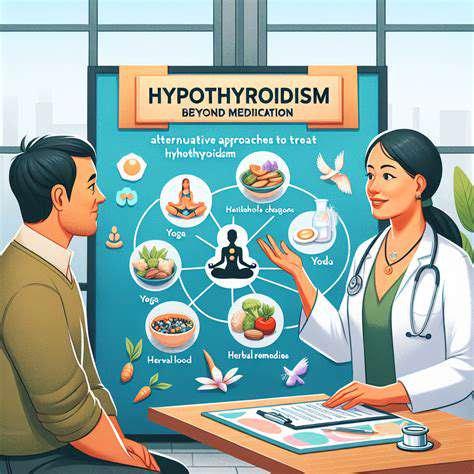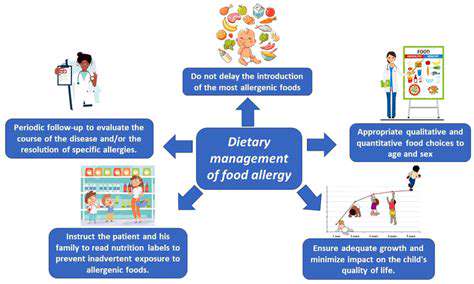Dealing with Pet Anxiety at the Vet
Preparing Your Pet for the Visit
Understanding Your Pet's Signals
Recognizing signs of anxiety in pets is crucial for a positive veterinary visit. Observe your pet's body language – is their tail tucked, are they panting excessively, or are they trying to hide? These are all possible indicators of stress. Understanding these cues can help you anticipate potential issues and address them proactively, leading to a more relaxed and comfortable experience for your furry friend.
Different pets exhibit anxiety in various ways. Some might become withdrawn and quiet, while others might exhibit more overt signs like vocalization or pacing. Knowing your pet's individual responses to stressful situations will allow you to tailor your approach to best support them.
Creating a Familiar Environment
A familiar environment can significantly reduce stress for your pet during a veterinary visit. If possible, bring a familiar blanket, toy, or even a small piece of clothing that smells like home. This can provide a comforting sense of security and familiarity amidst an unfamiliar setting.
Introducing your pet to the vet's office beforehand can also help. A short, positive visit to the waiting room or even just a quick look around the building can desensitize them to the atmosphere and make the actual appointment less daunting.
Preparing Your Pet's Travel
Traveling to the vet can be stressful for pets, especially if they aren't used to car rides. Prepare your pet gradually by short, positive trips in the car, even without leaving the driveway. Associate the car ride with treats and praise to build positive associations. Make sure the car is properly ventilated and your pet is safe and secure.
Using Calming Techniques
Employing calming techniques can greatly reduce your pet's anxiety. Consider using calming pheromone diffusers or sprays in the car and at the vet's office. These products can help create a more relaxing atmosphere. Try using soothing music or white noise to mask unfamiliar sounds.
Choosing the Right Vet
Choosing a vet who understands and caters to the needs of anxious pets is a vital part of preparing for a visit. Look for a vet who is knowledgeable about pet behavior and anxiety management strategies. Ask about their experience working with fearful or anxious pets.
Managing Your Own Anxiety
Your pet can sense your stress. Remaining calm and reassuring during the veterinary visit is crucial. Deep breaths and positive affirmations can help you project a sense of tranquility, which will in turn help your pet feel more secure.
Communicating openly with the veterinarian about your pet's anxiety is important. Providing them with details about your pet's behavior and previous experiences will aid them in providing the best possible care.
Important Considerations for Specific Pets
Certain breeds or types of pets may require more specialized preparation due to their unique temperaments or sensitivities. Senior pets or pets with underlying health conditions might require extra consideration and support during the veterinary visit. A detailed discussion with the vet is essential to ensure they are prepared to handle any special needs.
Always research and discuss any specific anxieties your pet might have with your veterinarian to develop a tailored plan for a successful visit.
Read more about Dealing with Pet Anxiety at the Vet
Hot Recommendations
- Best Pet Bowls: Stainless Steel and Ceramic
- Pet Hydration: Why It's Crucial
- Stop Counter Surfing: Training Your Dog to Stay Off
- Pet Hypothyroidism: Symptoms and Management
- Signs of Pet Liver Disease: What to Watch For
- Pet Emergency Kits: What to Pack
- Dangers of Xylitol: Toxic to Dogs
- Dealing with Pet Diarrhea: When to See a Vet
- Preparing Pets for Travel: Tips for a Smooth Trip
- Pet Depression: Recognizing the Signs











